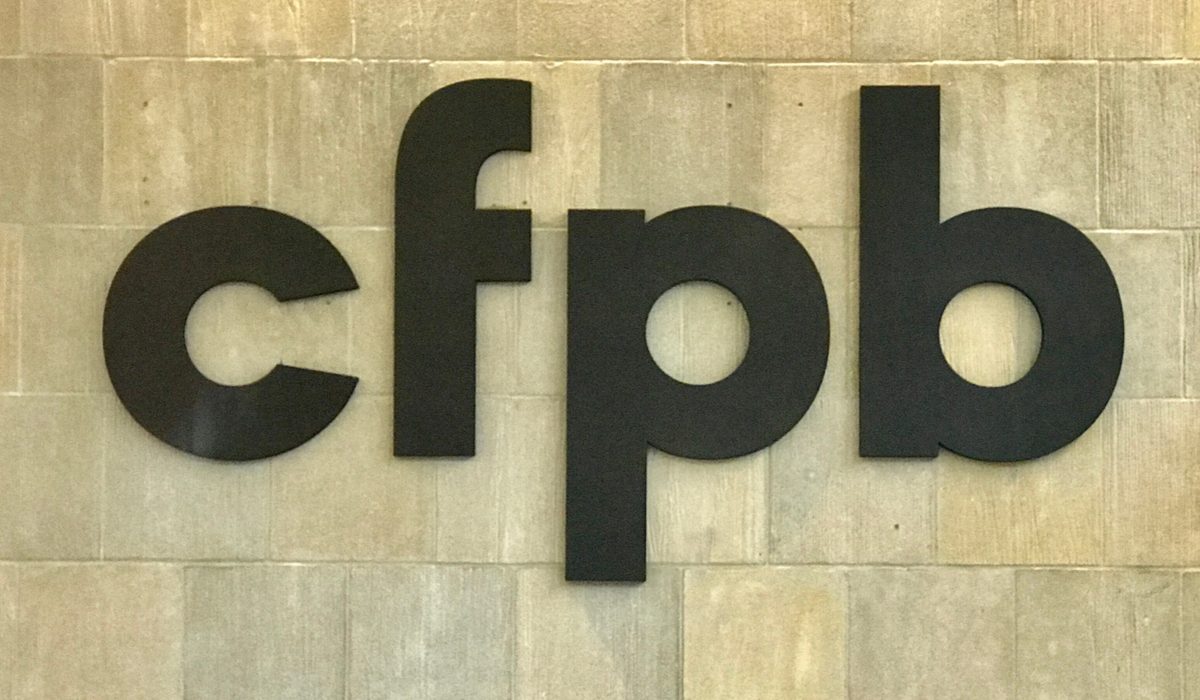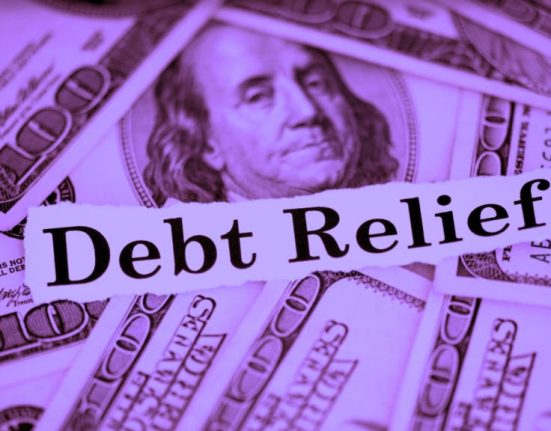The Consumer Financial Protection Bureau (CFPB) is investigating junk fees that increase the closing costs on mortgages.
Closing costs have risen sharply in recent years, the CFPB said in a Thursday (May 30) news release announcing the inquiry. From 2021 to 2023, median total loan costs for home mortgages increased by more than 36%. In 2022, the median closing cost was $6,000.
“Junk fees and excessive closing costs can drain down payments and push up monthly mortgage costs,” CFPB Director Rohit Chopra said in the release. “The CFPB is looking for ways to reduce anti-competitive fees that harm both homebuyers and lenders.”
As part of its investigation, the CFPB said in the release that it is seeking input from the public, including borrowers and lenders, about how mortgage closing costs may be inflated and constraining the mortgage lending market.
In particular, the bureau is looking for feedback on which fees are subject to competition, how fees are established and who benefits from them, how fees are changing and what impact they have on consumers, per the release.
The inquiry is launching a month after another CPFB report that found that complex pricing structures in consumer loans led to consumers paying more for such services.
“The research has implications for understanding how junk fees impede fair and competitive pricing in markets like auto loans or mortgages, where consumers have to evaluate extended warranties, add-ons, closing costs and a wide variety of other fees instead of an all-inclusive price,” the CFPB said April 30 as it unveiled its report, “Price Complexity in Laboratory Markets.”
According to data in the report, consumers tend to pay more when they are presented with harder-to-understand prices that are broken down into parts than when they are offered a single total price.
As pricing structures increase in complexity, buyers have more difficulty doing price comparisons and end up paying a higher overall amount, the CFPB said. For example, when presented with 16 sub-prices, buyers are 15 times more likely to select a higher-priced option than when they are presented with one price.








